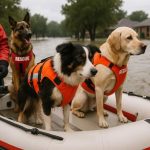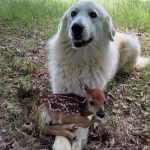How Wolves Changed Yellowstone—and Why They Matter More Than Ever
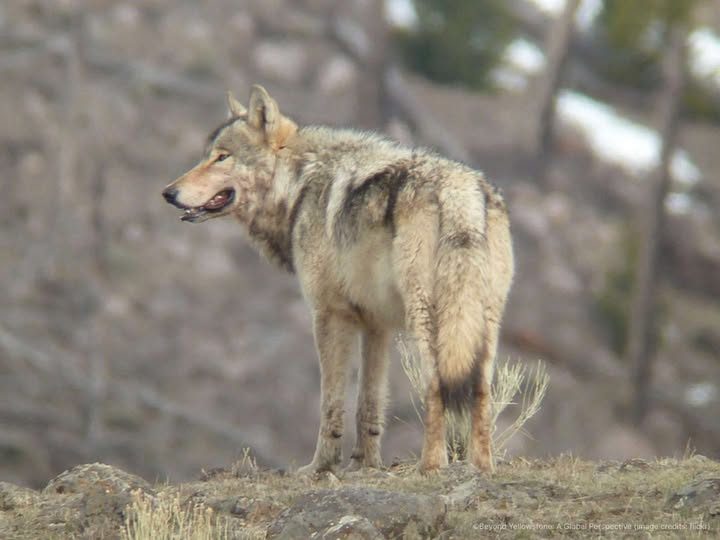
How Wolves Changed Yellowstone—and Why They Matter More Than Ever
When wolves were reintroduced to Yellowstone National Park in 1995, few could have predicted just how far their influence would reach. It wasn’t just about restoring a species—it was about restoring balance to an entire ecosystem.
For decades before, elk populations had grown unchecked. Without predators, they grazed freely—and heavily—on the park’s willows, aspens, and cottonwoods. These young trees, constantly browsed, never had a chance to grow. Streambanks eroded. Habitats disappeared.
Then came the wolves.
With their return, the elk were no longer able to linger safely in open meadows or stream valleys. They became more alert, more mobile. Their grazing patterns shifted.
And almost immediately, something remarkable began to happen.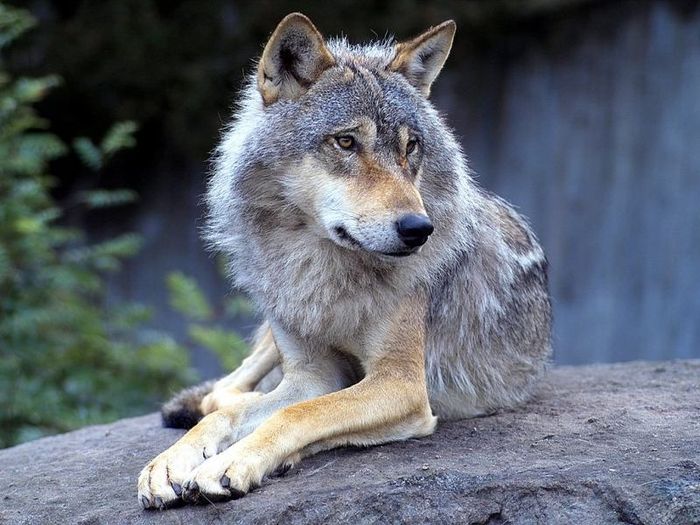
The willows and aspens—once chewed down to stubs—began to grow again. Bushes thickened. Trees matured. Songbirds returned to nest in the branches.
Beavers followed, drawn to the now-thriving vegetation. They built dams, which slowed water flow and created ponds. These ponds supported fish, amphibians, and waterfowl.
With stabilized banks and slower streams, even the shape of the rivers began to change—meandering more naturally, healing the scars of years past.
What started as a ripple became a cascade.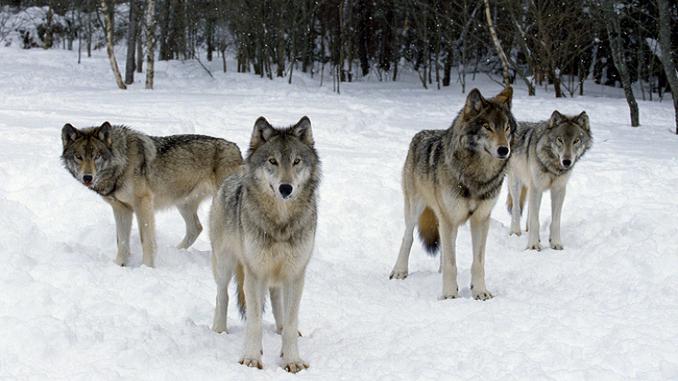
This phenomenon—known as a trophic cascade—is one of the most powerful illustrations we have of how a single keystone species can transform an entire landscape.
Wolves didn’t just bring balance. They brought back life.
They reminded us that nature is interconnected, that removing one thread can unravel the whole tapestry. And putting it back can restore what we thought was lost.
Wolves aren’t the problem.
They’re the solution.
